SVB: Tech’s Biggest Bank Busts
Did you try turning it off, and back on again?
The economic roller coaster of the past 3 years continued last week, with the saga of Silicon Valley Bank. Did any of you have the demise of some major regional banks on your bingo card? If so, come to the front and collect your prize (Spoiler: The prize is SVB stock, and its worth nothing).
What has long been the bank of choice for VC backed tech companies on the west coast, SVB had enjoyed years of steady growth, even ranking as the 16th largest bank in the US (in assets) as of January 2023. But that all came crashing down over the last two weeks.
What Happened?
The sequence of events was pretty straight forward:
Around March 9th, SVB crystalized billions of dollars in unrealized losses from low-yield bonds, loans and investments that became loss making once interest rates began to soar. For context much of their portfolio was in 10+ year US Treasury bonds that were purchased at < 1.5% interest (those same 10 year bonds can be bought today at nearly 4%). You don’t need an economics degree (I don’t) to conclude that their low-yield portfolio pushed their balance sheet…. off balance? out of balance? Whatever, you get it.
In the wake of these losses, SVB’s high value corporate customers began pulling their deposits from the bank at an alarming rate.
In an effort to shore up their liquidity issues, SVB announced they would liquidate nearly $2B in a share sale program… A sure-fire way to calm the panic, right?😐
In a shocking turn, this did not calm the panic. More and more customers began to pull deposits from the bank; funds that they were no longer liquid enough to cover.
The rest, as they say, is history. The bank’s share price plummeted, wiping out over $80B in value, and the US regulators stepped in to take control.
There is another small nugget that we won’t touch on today (SVB Execs sold $84M in stock over last 24 months) but I am sure there is nothing going on there….
What To Keep An Eye On This Week
We have already started to see some knock-on effects from the SVB developments. But there are 4 key things that we think are worth noting in the coming days.
Slowing rate hikes
We are almost sure to see a slowing of rate hikes when Powell makes his announcement this week. Until last week, the general consensus had been that the Fed would raise rates another 50 basis points in March, but with the dark cloud over the US banking system right now, we anticipate a hike no greater than 25 bps.Surging Stock market
Slowing interest rate hikes typically cause investors to move money from the bond market into equities. That being said, we should continue to see the stock market strengthen as we did last week if the Fed holds true to a 25bps or less increase. Since its low on March 15, the Dow is up nearly 3%, we are likely to the trend continue if Powell announces an anticipated 25 bps rate hike or less; if for some reason the Fed raises rates 50bps or more, expect the inverse.Bailout
When many people hear this dreaded “b word” it harkens them back to 2008 when the federal government took decisive action to bail out financial institutions and large blue chip companies during the financial crisis – Funded largely by taxpayer dollars. While this is somewhat similar, the key differentiator here is that the SVB bailout is not funded by taxpayers. Instead, the federal government has drawn from the Deposit Insurance Fund, which is a fund that all banks pay into. This fund (in its simplest terms) is “money required from banks to secure a financial institution from the federal government.” And to be clear, many larger financial institutions will be happy to have that money go to SVB depositors, to ensure that consumer panic is quelled.Weaker US Dollar
This remains to be seen, but there has been some volatility. What is clear is that if the Fed backs off rate hikes, the dollar will soften in the short term. Additionally, we can be sure that the SVB collapse is contained to the US market while most other major markets have little to no exposure. With these two factors in mind, it is likely that the Dollar continues to weaken in the short term.

